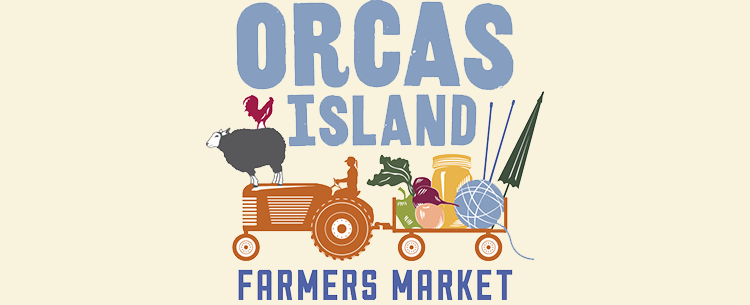||| FROM STATE DEPARTMENT OF REVENUE |||
OLYMPIA, Wash. The Tax Structure Work Group (TSWG) announced its recommendations for improving Washington state’s taxes after four years of studies and community engagement. This bipartisan group of legislators and policymakers provided a recommendation to the Legislature to replace the state’s business and occupation tax (B&O tax) with a margin tax. In addition, the TSWG recommended that local governments have the ability to change the 1% property tax limit factor to a new factor tied to population growth and inflation.
Co-chair of the Tax Structure Work Group Senator Noel Frame (D – Greenwood) commented, “Thank you to the thousands of Washington residents and business owners who shared their feedback on how to improve the state’s tax structure. The recommendations from the Work Group are the result of a thoughtful and bipartisan process to make much-needed changes to Washington’s taxes.”
The Legislature convened the Washington State Tax Structure Work Group to examine the state’s current tax structure, which has been in place for almost 100 years. The proposed margin tax and the change to the property tax limit factor at the local level are intended to make the state’s taxes more transparent, stable, fair, and adequate.
Co-chair of the Tax Structure Work Group Senator Keith Wagoner (R – Sedro Woolley) noted, “We greatly appreciate the valuable input received from the public in considering a variety of ideas for the full Legislature to consider during its 2023 session. While not everyone will agree with the final recommendations, I personally want to thank my fellow work group members for working in a bipartisan and collaborative manner and to commend the Department of Revenue for their hard work.”
Margin tax
Previous economic studies found that the B&O tax can disadvantage small, start-up, and low-margin companies. To address these issues, the TSWG recommended replacing the B&O tax with a modified gross receipts tax called a “margin tax.” Under this proposal, a business starts with their gross receipts and then subtracts the greater of four possible deductions:
• Cost of goods sold,
• Compensation paid,
• A fixed percentage of gross receipts (e.g., 30%), or
• A flat amount (e.g., $1 million).
The remaining “margin” is then taxed at a single rate among taxpayers. Per the legislative proviso ESSB 5693, proposals from the Tax Structure Work Group must be revenue neutral.
Property Tax Limit Factor
Current law annually limits taxing districts’ property tax levy increases to the levy growth limit, often referred to as the “101% levy limit” or the “1% growth limit” plus any increase in levy capacity for various add-ons like new construction. During outreach, local governments expressed concerns about their inability to raise revenue in line with inflation and other costs. This proposal revises the definition of “limit factor” at the local level to mean 100% plus population change and inflation, but not to exceed 103%. This proposal does not apply to state property tax levies.
Full details regarding the proposed margin tax and property tax limit factor are on the TSWG website. A table that provides comparisons between Washington’s B&O tax, Texas’s Franchise Tax, and the Margin Tax proposal is available here.
About
The Tax Structure Work Group is a collection of legislators and policymakers working together to develop recommendations for making Washington’s state tax structure more stable, fair, adequate, and transparent. More information: https://taxworkgroup.org/








